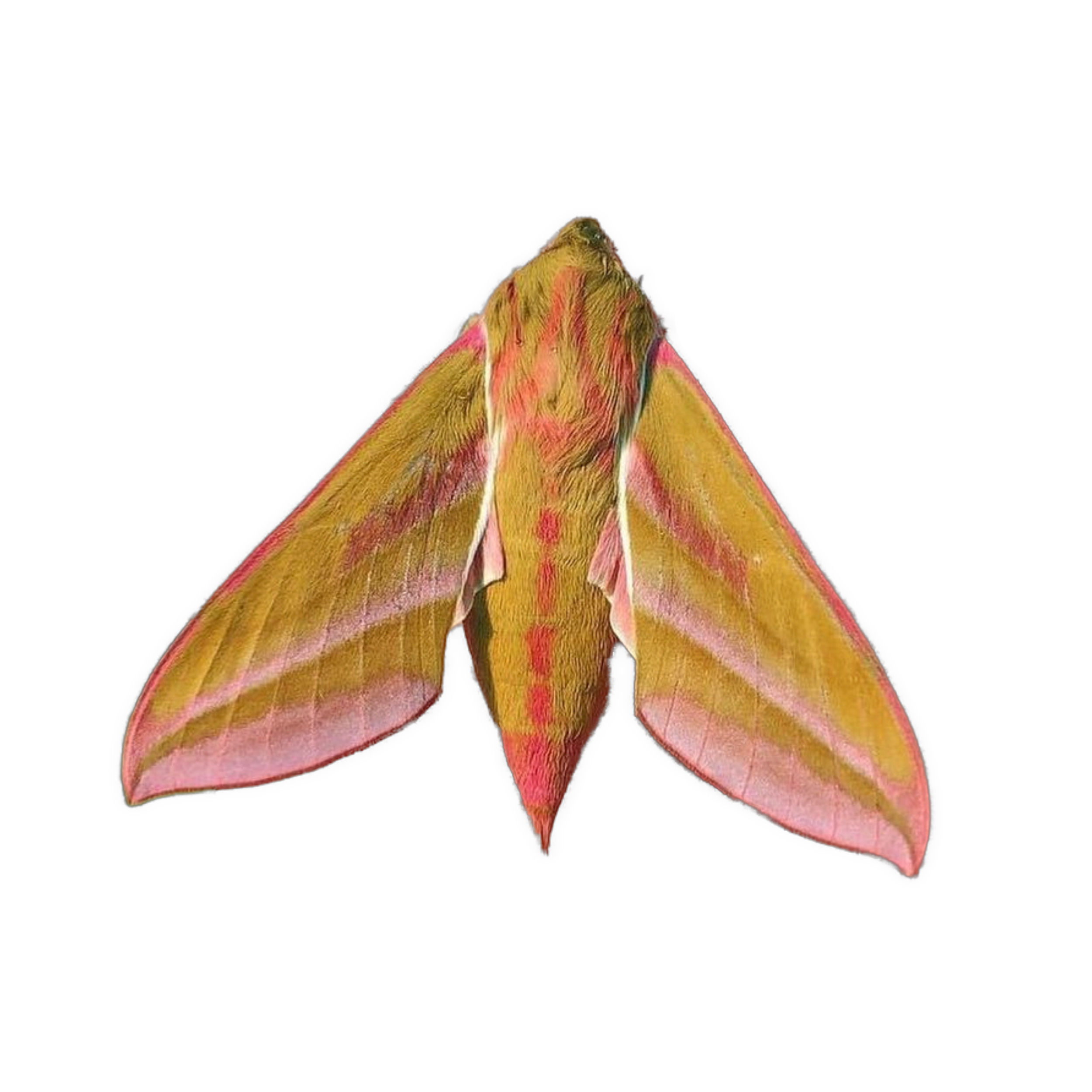MAY/JUNE: Elephant Hawk Moth EGGS
Food plants: Willowherb, Fuchsia, Bedstraw, Grapevine, Loostrife, Bogbean
Difficulty: very easy (2/10)
Temperature: room temperature or outdoors
Lifecycle:
Food plants: Willowherb, Fuchsia, Bedstraw, Grapevine, Loostrife, Bogbean
Difficulty: very easy (2/10)
Temperature: room temperature or outdoors
Lifecycle:
The Elephant Hawk Moth is a fantastic species, fairly well known for its bright pink moth, but also its brilliant caterpillars that resemble snakes. It is distributed throughout north and western Europe. There typically is only one brood per year in this species, with moths emerging in early-mid summer, but sometimes a small second brood occurs in late summer. Caterpillars grow quickly and are very easy to rear. Lay out tissue on the base of the enclosure for mature caterpillars to pupate among, or provide containers with compost for them to burrow into. Pupae should be stored cold over winter until spring. Moths can be hand fed if kept, or simply released.


